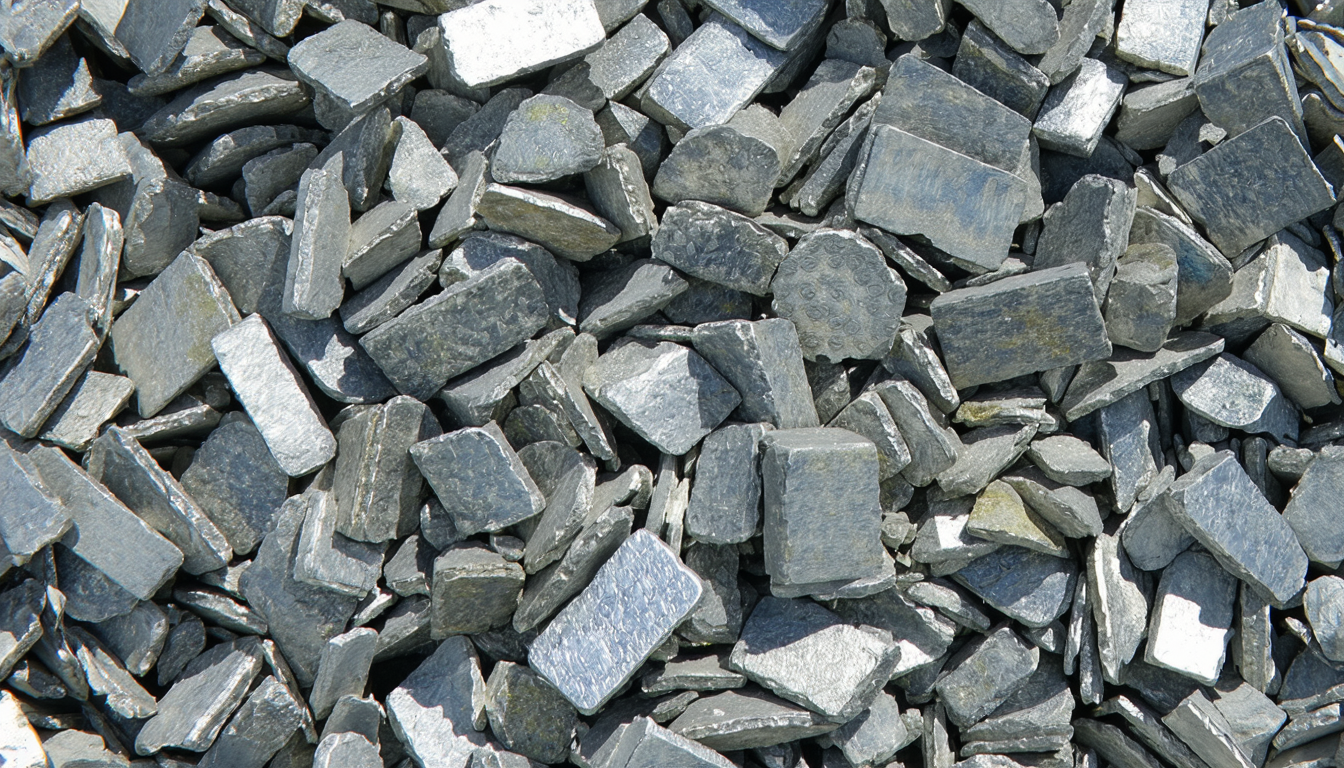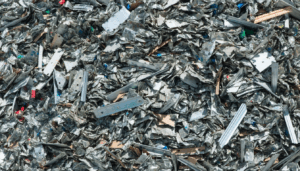Introduction
In the United States, alter metal recycling is gaining momentum as a critical component of sustainable industrial practices. With growing environmental concerns and the push for a circular economy, recent developments in this sector are transforming how scrap metals are processed and reused. This article explores the latest innovations, regulatory updates, and economic impacts of alter metal recycling across the nation. From cutting-edge technologies to policy shifts, these changes are poised to redefine resource management and reduce environmental footprints. Stay tuned as we delve into the key events driving this essential industry forward.
The Rise of Alter Metal Recycling in the U.S.
Alter metal recycling, a specialized process of recovering and repurposing metals from industrial and consumer waste, has seen significant growth in the U.S. over the past decade. According to the Institute of Scrap Recycling Industries (ISRI), the recycling sector contributed over $117 billion to the economy in 2022, with metals making up a substantial portion. This industry not only conserves natural resources but also cuts down on greenhouse gas emissions by reducing the need for virgin metal extraction.
In 2023, several states, including California and Texas, reported a 15% increase in metal recycling rates compared to the previous year. This surge is attributed to heightened public awareness and stricter waste management regulations. Businesses and municipalities are increasingly investing in advanced sorting and processing technologies to handle diverse metal streams effectively.
Technological Innovations Driving Efficiency
One of the most exciting aspects of alter metal recycling is the integration of cutting-edge technology. Automated sorting systems using artificial intelligence (AI) and robotics have improved the accuracy of separating metals like aluminum, copper, and steel from mixed waste. A report by the U.S. Department of Energy in early 2023 highlighted that AI-driven recycling facilities can boost efficiency by up to 30%.
According to Dr. Emily Harper, a materials science expert at MIT, “The adoption of smart technologies in metal recycling is a game-changer. These systems minimize human error and maximize material recovery, which is crucial for meeting sustainability goals.” Such advancements are helping companies scale operations while maintaining high-quality output for manufacturers.
Economic and Environmental Impacts
The economic benefits of alter metal recycling are undeniable. The industry supports over 500,000 jobs nationwide, as per ISRI data from 2023, spanning collection, processing, and distribution roles. Additionally, recycled metals often cost less than newly mined ones, providing savings for industries like automotive and construction.
Environmentally, recycling metals reduces landfill waste and curbs energy consumption. The Environmental Protection Agency (EPA) states that recycling aluminum saves up to 95% of the energy required to produce it from raw materials. This dual impact—economic growth paired with ecological preservation—positions alter metal recycling as a cornerstone of green policy.
Regulatory Shifts and Industry Challenges
Recent federal and state policies are shaping the landscape of metal recycling. In mid-2023, the Biden administration introduced incentives under the Inflation Reduction Act to support recycling infrastructure projects. However, challenges remain, including inconsistent regulations across states and limited funding for small-scale recyclers.
Some stakeholders argue that stricter export controls on scrap metal could protect domestic supply chains, while others believe global trade is essential for market stability. Balancing these perspectives is critical for policymakers aiming to foster a resilient recycling ecosystem without stifling innovation or accessibility.
Future Outlook for Alter Metal Recycling
Looking ahead, the future of alter metal recycling in the U.S. appears promising yet complex. Analysts predict that by 2030, the demand for recycled metals could double due to growth in electric vehicle production and renewable energy infrastructure. Investments in research for better recycling methods will likely play a pivotal role.
The potential for public-private partnerships to fund recycling initiatives is another area of interest. As Dr. Harper notes, “Collaboration between government, industry, and academia will be vital to overcoming current limitations.” If these efforts succeed, the U.S. could lead globally in sustainable metal recovery practices.
Conclusion
Alter metal recycling stands at a transformative juncture in the United States, driven by technological innovation, economic benefits, and evolving policies. With significant strides in efficiency and environmental impact, this industry is reshaping how resources are managed for future generations. While challenges like regulatory disparities persist, the commitment to sustainability offers hope for continued progress. As stakeholders collaborate on solutions, alter metal recycling will remain a vital force in building a greener, more resilient economy.
Frequently Asked Questions (FAQs)
- What is alter metal recycling?
It refers to the process of recovering and repurposing scrap metals from industrial or consumer waste for reuse in manufacturing and other applications. - Why is metal recycling important in the U.S.?
It conserves resources, reduces energy use, minimizes landfill waste, supports jobs, and contributes significantly to the economy. - How does technology improve metal recycling?
Innovations like AI and robotics enhance sorting accuracy, increase efficiency, and maximize material recovery rates. - What are the main challenges facing this industry?
Key issues include inconsistent regulations, funding shortages for smaller operations, and debates over export policies. - What does the future hold for this sector?
Growing demand for recycled metals, especially in green technologies, suggests a robust outlook with potential for further innovation through partnerships.





